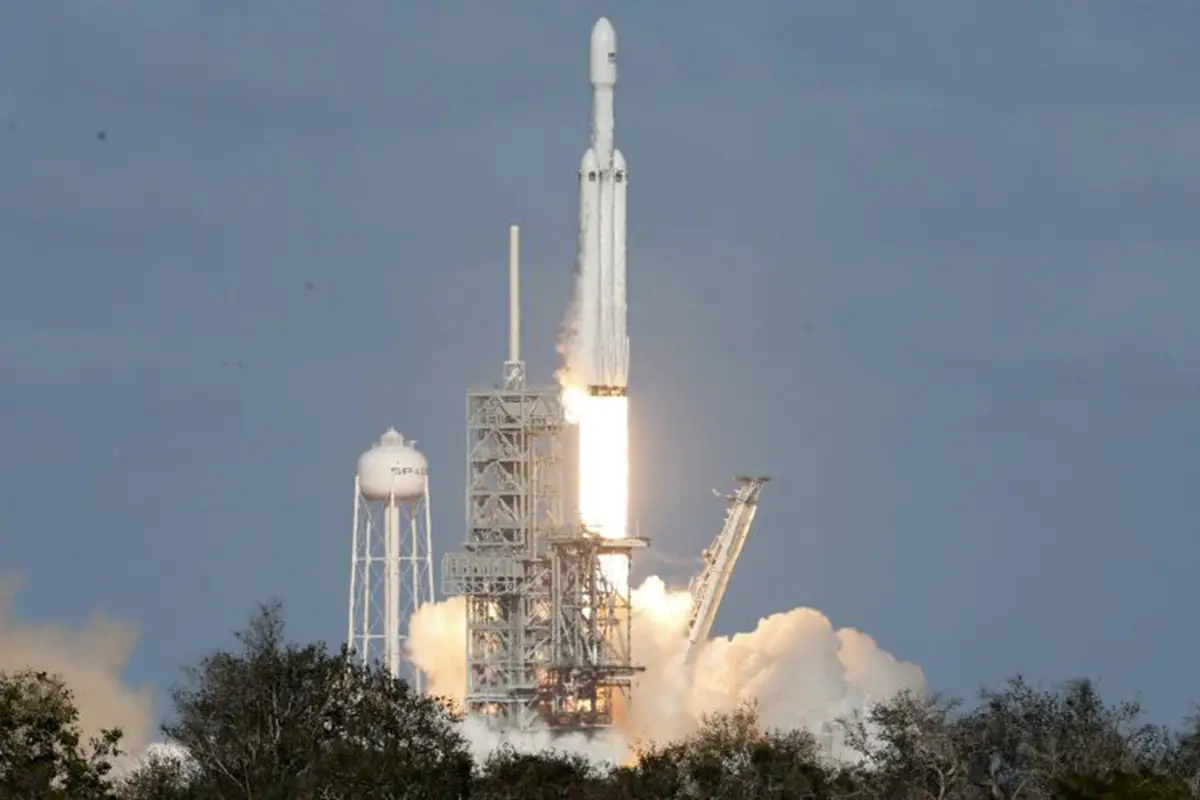In order to launch its next significant space telescope, a wide-field observatory that should immediately complement the recently launched James Webb Space Telescope, NASA has selected SpaceX’s Falcon Heavy rocket. The project was once known as the Wide Field InfraRed Survey Telescope (WFIRST), but NASA recently changed its name to Nancy Grace Roman in recognition of her role in the development of the Hubble Space Telescope.
Given that the US National Reconnaissance Office (NRO) decided to gift an abandoned multi-billion-dollar spy satellite that was essentially a covert Earth-facing replica of Hubble, it is fitting that the Roman Space Telescope’s fundamental architecture is similar to Hubble in many aspects. RST, however, will be far more powerful than the Hubble telescope it mimics because of decades of advancements in electronics, electromechanics, and the instrumentation side of spacecraft and space observatories.
And today, after a protracted battle for survival, SpaceX’s Falcon Heavy rocket will finally be taking the Roman Space Telescope into orbit. Although it hasn’t launched in more than three years, Falcon Heavy continues to be a bit of a conundrum, winning contract after contract for more expensive flagship launches. At this point, it’s becoming kind of a self-fulfilling prophesy since large missions that are using Falcon Heavy more often are far more likely to have severe spacecraft-side delays.
For instance, SpaceX had five potential Falcon Heavy missions provisionally scheduled for 2022 at one time in late 2021; however, all but one of those launches had already experienced a delay of several months to a year or more. None of the missions have launched after seven months of 2022, and it is becoming very probable that Falcon Heavy won’t launch at all this year.
However, the Roman Space Telescope joins a distinguished list of projects that also includes the multibillion-dollar GOES-U weather satellite, NASA’s $5 billion Europa Clipper, two modules (HALO and PPE) of a Moon-orbiting space station, the NASA Psyche asteroid explorer, a sizable Astrobotic Griffin lander carrying the NASA VIPER Moon rover, two sizable geostationary communications satellites, and three US military missions. Up until the middle of the 2020s, RST will launch the rocket on its eleventh occasion.
Although RST’s main wide-field instrument will have a resolving power comparable to Hubble’s, it will have a field of view that is 100 times larger, allowing the new telescope to acquire magnitudes more data in the same amount of time. One of its main objectives is to measure “light from a billion galaxies during the mission lifespan” and another is to “conduct a microlensing study of the inner Milky Way to identify around 2,600 exoplanets.”
To “conduct high-contrast imaging and spectroscopy of hundreds of specific neighboring exoplanets,” second coronagraph equipment will be used. For future missions to [directly] scan and describe Earth-like planets [that are] 10 billion times fainter than their host star], the Coronagraph is a critical stepping stone, according to the Jet Propulsion Laboratory.
The scientific program for the telescope, according to NASA, “includes focused investigations to answer open concerns [about the nature and] consequences of dark energy and dark matter, as well as a major general investigator program to permit the additional study of astrophysical phenomena to promote other science objectives.”
RST might be a great complement to the James Webb Space Telescope since it is likewise focused on infrared light wavelengths (JWST). JWST’s much bigger mirror is suited for up-close observation of particular objects or deep gazes into narrow swathes of the sky, while RST is a wide-field survey observatory that seeks to view and catalog billions of galaxies, stars, and planets. In the end, RST may function somewhat similarly to an MRI or CAT scan to JWST’s biopsy, directing the surgeon where to look but merely speculating on what it might turn up.
In order to get the telescope to the Sun-Earth L2 Lagrange point, which is 800,000 kilometers (500,000 mi) from Earth, NASA estimates that the Falcon Heavy launch contract for the $4.3 billion space telescope would cost an extraordinarily high $255 million.
It is anticipated that NASA’s contract to use a completely depletable Falcon Heavy rocket to carry the much more costly Europa Clipper spacecraft all the way to Jupiter would cost less than $180 million. According to NASA’s news announcement, RST might be prepared for launch as early as October 2026. A second press statement dated September 2021 just said that the launch of RST is planned to occur no later than May 2027, leaving out the 2026 timeframe.
Source: Read Original Article by Teslarati

